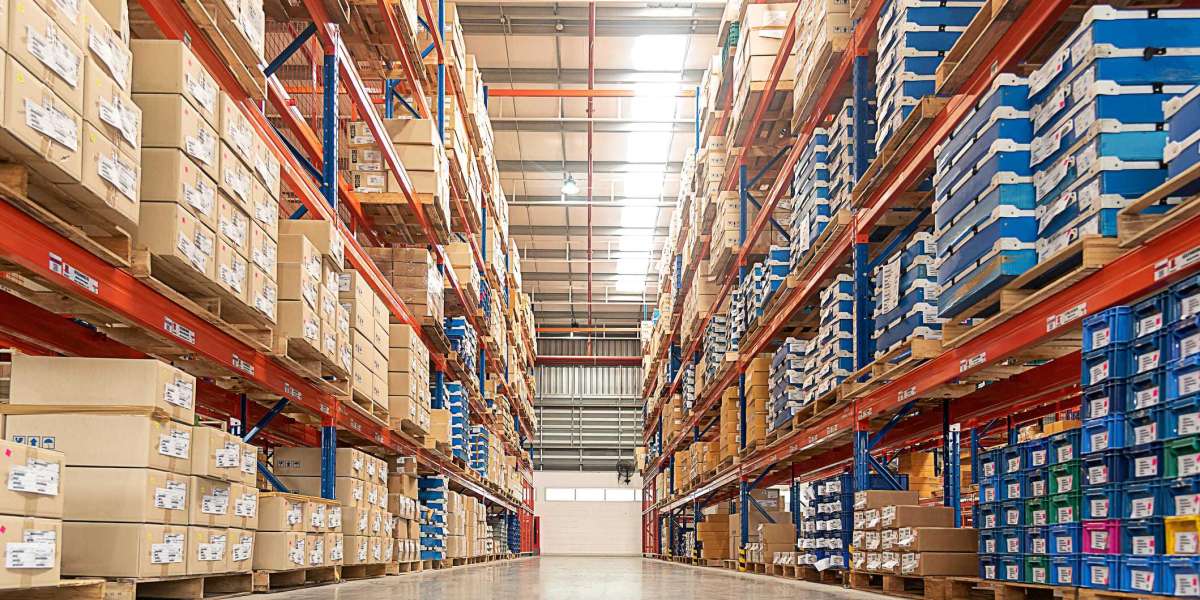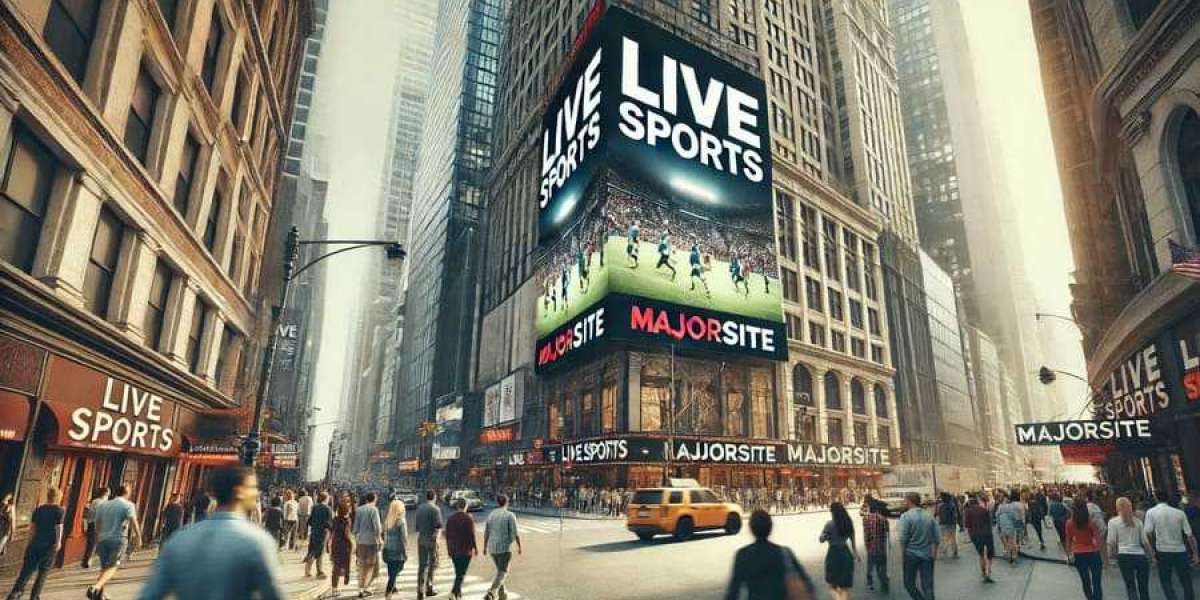B2C, or Business-to-Consumer, is a business model in which companies sell products or services directly to individual customers. This article explores the concept of B2C commerce, its types, benefits, challenges, and emerging trends shaping its future.
What is B2C?
B2C (Business-to-Consumer) refers to transactions where businesses sell directly to consumers rather than to other businesses. This model is common in retail stores, e-commerce platforms, and service-based businesses like entertainment, travel, and food delivery. Unlike B2B (Business-to-Business), where transactions involve bulk purchases and long-term contracts, B2C transactions are usually smaller, with a focus on individual buyers.
Types of B2C Businesses
B2C businesses operate in various industries and use different sales models. The main types include:
1. Traditional Retailers
Brick-and-mortar stores that sell products directly to customers. Examples include supermarkets, clothing stores, and shopping malls.
2. E-Commerce Online Retailers
Online platforms that allow consumers to buy products and services digitally. Examples include:
- Amazon – A global online marketplace.
- Shopify WooCommerce – Platforms enabling businesses to set up online stores.
3. Direct-to-Consumer (DTC) Brands
Brands that manufacture and sell their products directly to consumers, bypassing middlemen like wholesalers or retailers. Examples include:
- Nike’s online store and flagship outlets.
- Warby Parker, a DTC eyewear brand.
4. Subscription-Based Services
Businesses that offer products or services on a recurring subscription basis. Examples include:
- Netflix – Streaming entertainment.
- Spotify – Music subscription service.
- Dollar Shave Club – Grooming products delivered monthly.
5. On-Demand Services
Apps and platforms that provide instant services to customers. Examples include:
- Uber Lyft – Ride-sharing services.
- DoorDash UberEats – Food delivery platforms.
Key Benefits of B2C
The B2C model offers several advantages to both businesses and consumers.
1. Wide Customer Reach
B2C businesses, especially in e-commerce, can reach global audiences through digital marketing and social media.
2. Fast Transactions
Unlike B2B sales, which involve negotiations and contracts, B2C purchases are often instant, making the buying process quicker.
3. Brand Awareness Customer Loyalty
B2C brands can build strong customer relationships through personalized experiences, loyalty programs, and direct engagement.
4. Scalability
Online B2C businesses can scale quickly by leveraging digital tools, automation, and influencer marketing.
5. Convenience for Consumers
The ability to shop online, access instant services, and receive doorstep delivery makes B2C commerce highly convenient for consumers.
Challenges in B2C
Despite its advantages, B2C businesses face several challenges.
1. High Competition
The B2C market is crowded, requiring businesses to differentiate themselves through branding, customer service, and innovation.
2. Customer Retention
B2C companies must continuously engage and satisfy customers to encourage repeat purchases and brand loyalty.
3. Logistics Delivery Issues
Fast and reliable delivery is crucial, and managing supply chain logistics can be a challenge for online B2C businesses.
4. Digital Marketing Costs
Advertising and customer acquisition costs can be high due to increasing competition in digital marketing.
5. Managing Customer Expectations
Consumers expect fast delivery, seamless shopping experiences, and excellent customer support, requiring businesses to optimize operations.
Future Trends in B2C
The B2C landscape is constantly evolving with new technologies and consumer behaviors. Key trends include:
1. AI-Powered Personalization
Artificial intelligence (AI) helps brands deliver personalized recommendations, improving customer engagement and sales.
2. Social Commerce Growth
Platforms like Instagram, TikTok, and Facebook are integrating shopping features, allowing businesses to sell directly through social media.
3. Voice Commerce Smart Assistants
Consumers increasingly use voice search and AI assistants like Alexa and Google Assistant to shop online.
4. Augmented Reality (AR) in Shopping
AR technology enables customers to try products virtually before purchasing, enhancing the online shopping experience.
5. Sustainability Ethical Shopping
Consumers are prioritizing eco-friendly brands, pushing businesses to adopt sustainable packaging and ethical sourcing.
Conclusion
The B2C business model continues to grow, driven by digital transformation, changing consumer habits, and emerging technologies. To stay competitive, businesses must focus on personalization, customer experience, and innovative marketing strategies. Whether through traditional retail, e-commerce, or on-demand services, B2C businesses are shaping the future of global commerce.



